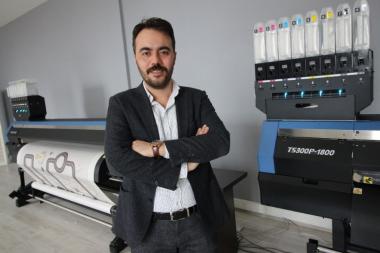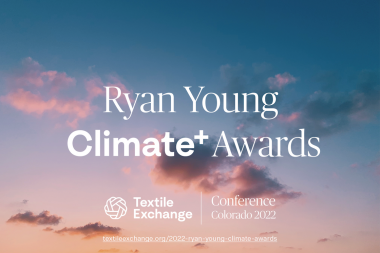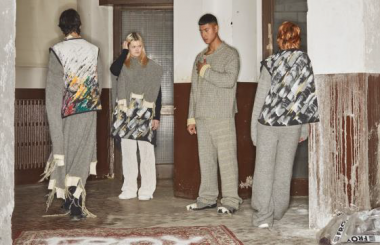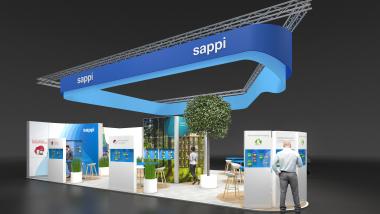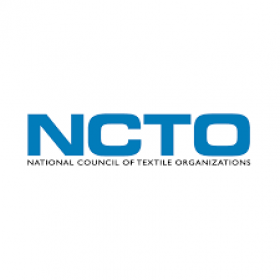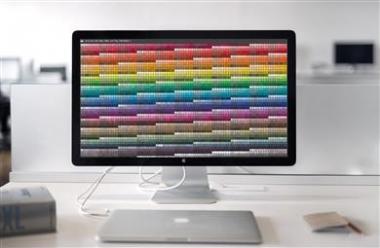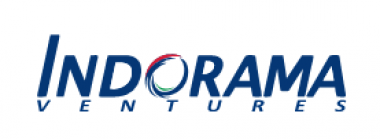Makroser Tekstil uses Mimaki TS300P-1800 for carpet production
Turkish company, Makroser Tekstil specialises in manufacturing digitally printed carpets and over the years has become one of the leading suppliers in the sector. Utilising Mimaki’s high-performance TS300P-1800 sublimation transfer printer since 2020, the company has optimised their production potential to meet increasing customer expectations in this growing digital textile carpet market.
Alongside carpets, the company also offers other solutions to the carpet industry by producing backing and other materials
Acting as both a seller and a supplier, Makroser Tekstil has an approximate monthly output of 150,000 square meters of final product and sells about 70-80,000 square meters of intermediate goods per month. “Our market has four main pillars, including chain market groups, export, e-commerce and our own retail network. We have gained serious momentum in the sales of our final products in recent years, and we attach great importance to our sales and marketing processes, in addition to production, so to increase our profitability. We are currently exporting 35-40% of our production, and our branding and e-commerce activities show that we are making significant improvements”, says Makroser Tekstil’s co-founder, Talha Güldest.
Makroser Tekstil decided to invest in a Mimaki TS300P-1800 sublimation transfer printer back in August 2020, with the aim to strengthen their position in the digitally printed carpet market. “The investment in the TS300P-1800 has enabled us to have the capacity to respond quickly to e-commerce orders,” Güldeste commented. “Product quality is the main criterion in the supplies we provide to both online and retail outlets. We made this investment because we saw that we would increase our quality and customer satisfaction in the carpets we print. The Mimaki printer met our expectations, providing the results we wanted from the very first print after installation.” Considering the increased demand, Güldeste aims to further boost their printing capacity with investment in several more Mimaki printers.
Mimaki Europe B.V.


